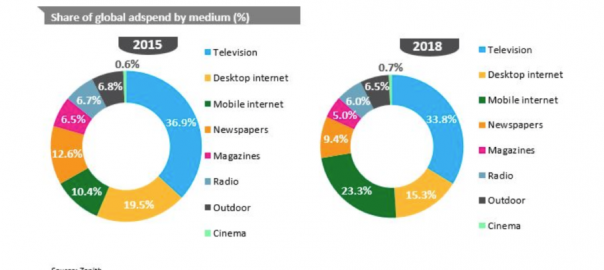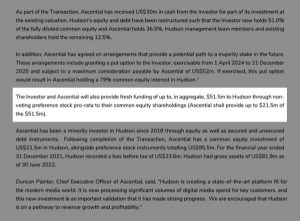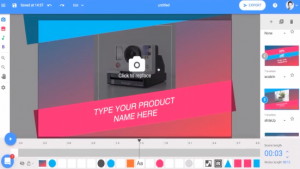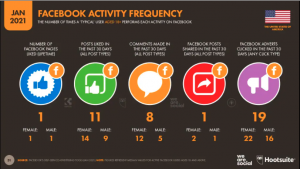As digital marketers, the “growth of mobile” stats we continue to see are in the forefront of our minds when launching digital campaigns. Why must our digital campaigns be geared towards consumers on the go?
Digital spend on mobile has surpassed digital spend on desktop as more consumers spend their time on mobile devices. In fact, mobile now represents 65% of all digital media time. And the gap between mobile and desktop spend continues to widen. According to the Zenith Advertising Expenditure Forecast, by 2018 total global ad spend will be 23.3% mobile (60% of all Internet spend), with estimates to exceed desktop spend by $ 8 billion.

The Good News: Digital Channels Are Mobile-First
Over the past three to five years, social, search, and display have become mobile-first channels through more mobile optimization abilities and mobile ad types. The channels and vendors where digital marketers spend substantial amounts of their digital budgets have taken strides to cater to the mobile experience. Facebook and Google are prime examples of channels that have worked to help digital marketers optimize for the mobile experience. They’re offering local awareness ads with call features (strictly on mobile), SMS messaging extensions, call extensions, responsive display, and more.
The Challenge: Attributing Offline Conversions to Mobile Campaigns
In 2016, Google put a lot of emphasis on “micro-moments,” with mobile presence being at the forefront. These moments are defined as engagements consumers have with your brand on the path to purchase. And they can occur online (mobile, tablet, or desktop) across multiple channels or offline (in-store or phone call). Google found that when people use mobile search to help make a decision, they are:
- 57% more likely to visit a store
- 39% more likely to call a business
- 51% more likely to make a purchase
Fantastic! Our mobile campaigns are making an impact. But how do we know which mobile campaign, keyword, or ad drove or influenced a conversion? We’re still facing an attribution challenge. We need to connect our online-to-offline attribution to better understand the full customer journey.
The Solution: Mapping the Customer Journey at Every Touchpoint
Analytics and measurement drive digital marketers to make optimizations with bids, ads, and budgets in every campaign. The holy grail of analytics is measuring the full customer journey, including every micro-moment, on the path to purchase. Consumers no longer take a linear path to convert. Rather, the journey encompasses multiple channels, devices, and engagements.
As digital marketers, our sweet spot is measuring every online touchpoint. We’ve gotten pretty good at knowing the first and last touchpoint, including any in-between engagements that occur online, whether it be from search, social, email, or display. Google Analytics is a great tool to give us this online activity.
However, the ability to tie an offline engagement to an online campaign is one thing most of us have yet to solve. For example, what do you know about a customer when they call? Do you know whether they are in the discover, consideration, or purchase phase? Do you know the campaign, ad, keyword, or even the landing page that drove the call? What about the actual conversation that occurred between your brand and the customer?
By including offline analytics data within your martech tools like Google Analytics, Google AdWords, and Salesforce, just to name a few, you can begin to understand what is driving offline touchpoints like phone calls. For example, in Google Analytics these are some of my top converting paths, with the offline call conversion set as the Goal:

With this data, I can start to understand how consumers interact with my digital campaigns before they convert with an offline engagement. This insight is valuable as it helps me fuel the optimizations for those campaigns, ads, keywords, and landing pages. Google Analytics helps me slice and dice my data. Since a phone call is set up as a goal, I can pull acquisition and site reports to understand what is driving my customers to call. And to take this analysis a step further, I can assign a unique identifier and get analytics at a more granular customer level in my CRM system.
As our customers adapt their purchase habits, we as marketers need to adapt with them to make sure our brand engages with them when they need it. Digital marketers are at consumers’ beck and call and it’s a great challenge we must continue to solve for every day.
Looking for more strategies to drive offline conversions from paid search? Check out our Click-to-Call Playbook for Paid Search.
Business & Finance Articles on Business 2 Community(139)







